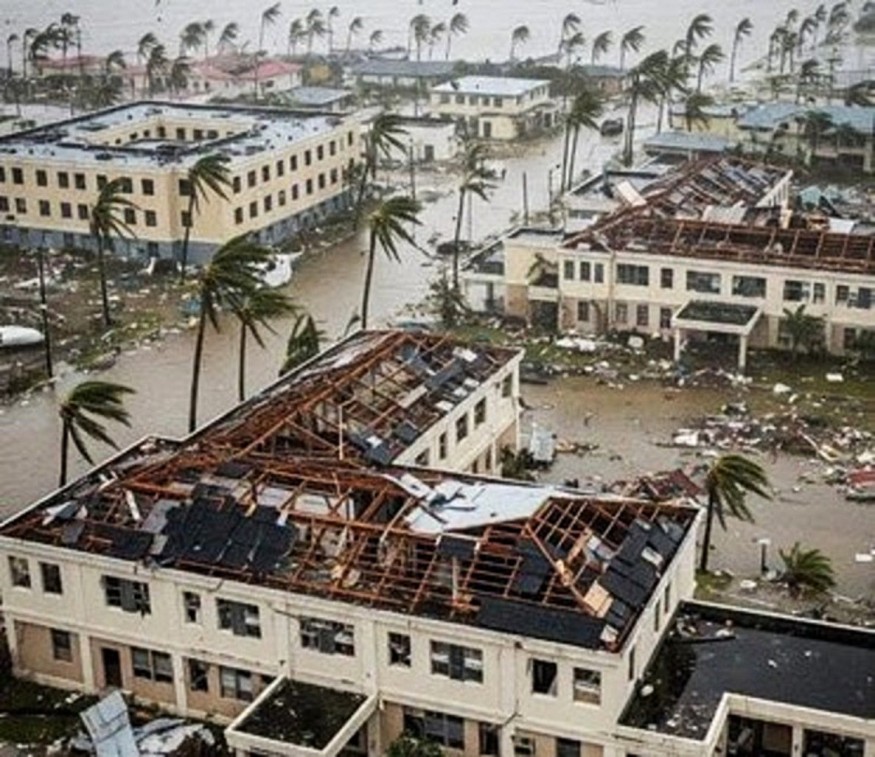Environment
-

Tornado in Arkansas City Injures 22; Residents Say Stay-at-Home COVID Measures Saved Them from Fatalities
A severe tornado struck Jonesboro, Arkansas on Saturday, 5:00 P.M., injuring 22 people and leaving commercial centers and homes damaged. There were no deaths reported and of the 22 injured people, only two stayed in the hospital for a night but did not have life-threatening injuries, Mayor Harold Perrin said. Residents admit it could have been worse if there were no quarantine measures for the COVID-19 as the tornado ripped through business establishments that were normally packed during weekends.
Latest Research Articles
7.5 Russia Earthquake Poses No Tsunami Threat
-

American Petroleum Institute Accused of Reporting 'Wildly Inflated' Numbers of Fracking Jobs
-

Ted Halstead: Climate Change - What Is It?
Where on Earth Did the King Penguins Go?
-

Climate Change Study Reveals: Blame the Rich
-

Utah Earthquake Aftermath: Assessment Report
-

Climate Change Adaptation: Setting New Rules to End 'Throwaway Culture'
-

Breaking News: Tornado Spotted in Taylor County, TX
-

Future Production Levels are Weighing on Natural Gas Prices
-

Melting of Arctic Permafrost Brings Long-dead Viruses Back
Half of World's Beaches to Disappear by 2100
Ancient Tsunami Struck the Falkland Islands, Scientists Speculate






